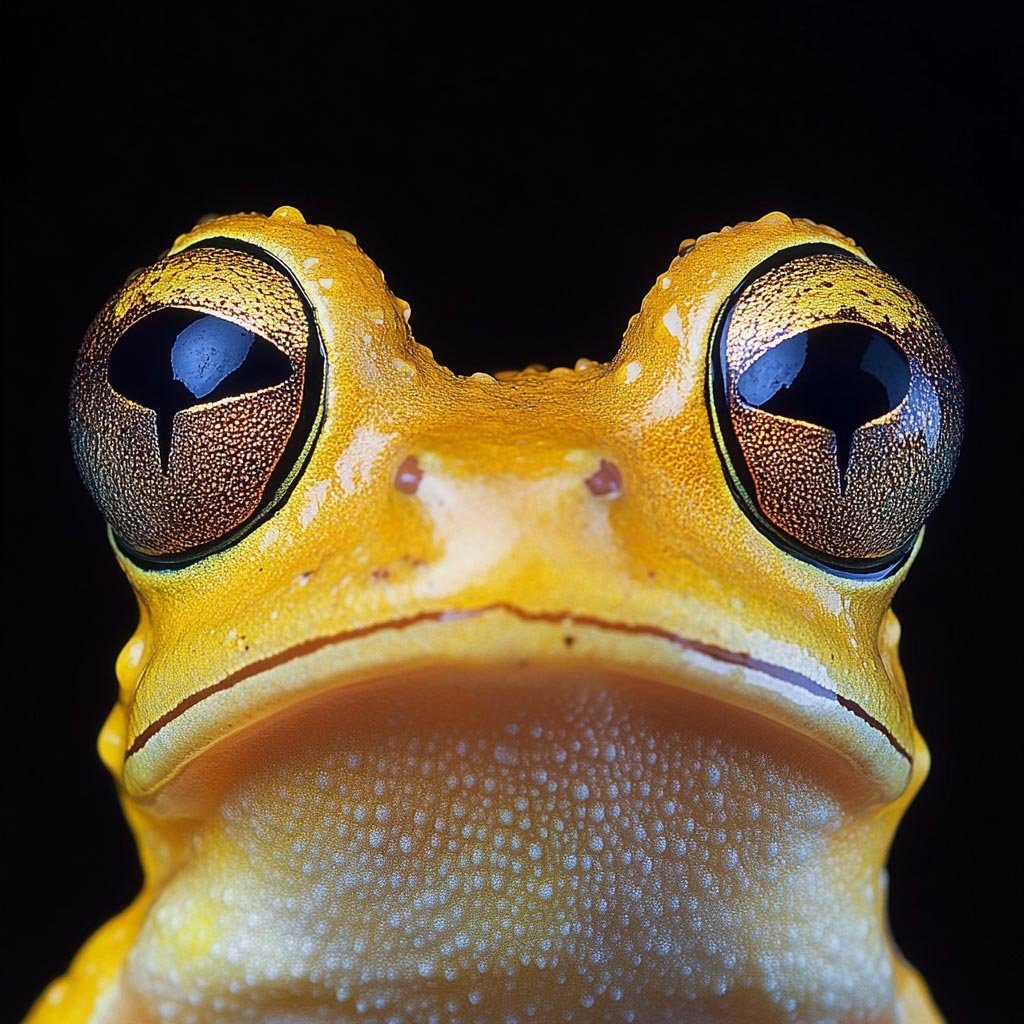
Rocket Frogs
Theoretical frogs with enhanced jumping capabilities that could potentially leap hundreds of times their body length. Such adaptations might evolve in low-gravity environments or be engineered for extreme mobility.

Hopping into the fascinating world of frogs!
Explore speculative ideas about how frogs might evolve or be engineered in the future to adapt to changing environments, climate challenges, and new ecological niches. These concepts blend science fiction with real biological principles.
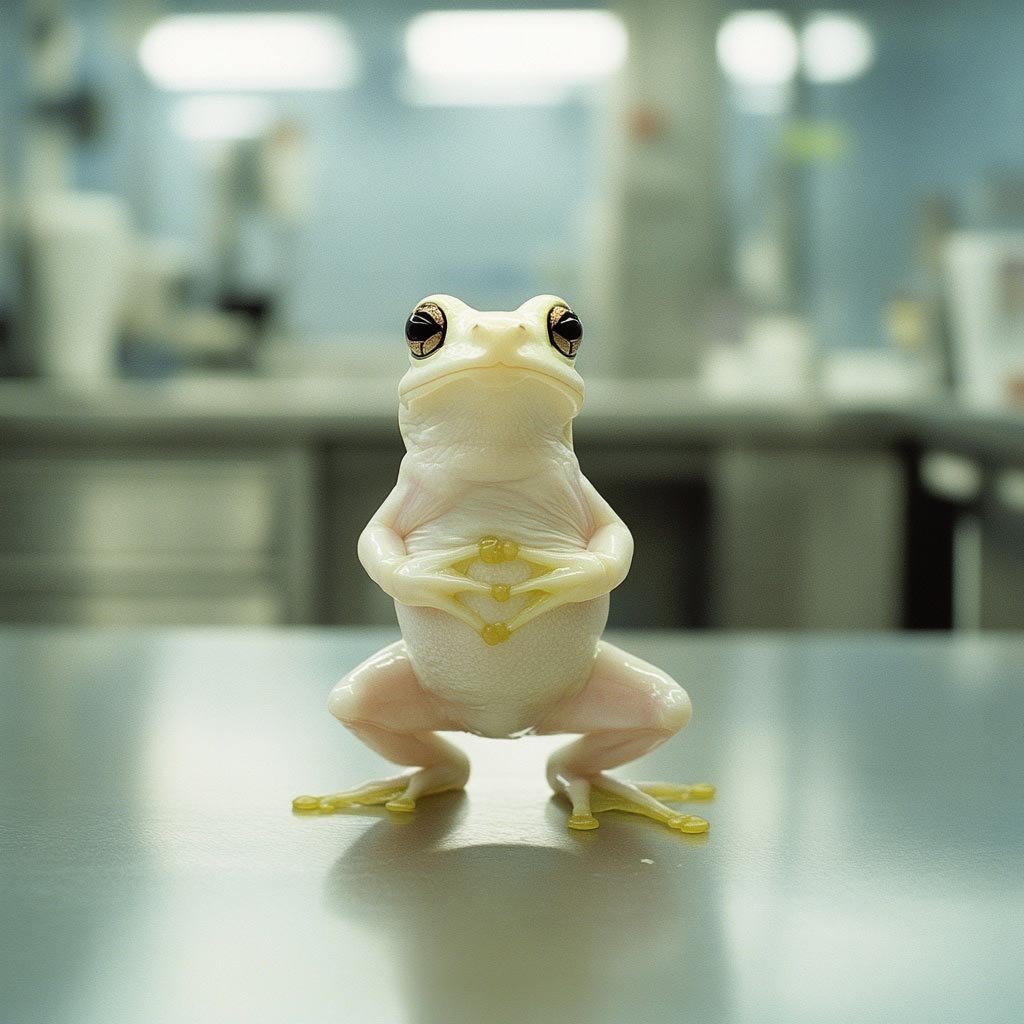
As we look toward the future of frogs and their potential evolution—both natural and assisted through genetic technologies—we find ourselves at a fascinating crossroads of science, ethics, and imagination. What might the frogs of tomorrow look like? How might they adapt to our rapidly changing world? And what role might humans play in shaping their future?
Recent advancements in genetic research, particularly with CRISPR gene editing techniques, have opened new possibilities for understanding and potentially influencing amphibian evolution. Scientists have already developed techniques for tissue-specific gene knockouts in Xenopus frogs, allowing for targeted genetic modifications that help us understand developmental processes.
As we ponder these possibilities, we must also consider the responsibilities that come with such powerful technologies. The future of frogs may be shaped not only by natural selection but also by human decisions and interventions.
Recent breakthroughs in gene technology are revolutionizing our understanding of frogs and opening new possibilities for their future. Here are some of the most significant developments:
Scientists have developed advanced CRISPR techniques for precise gene manipulation in frogs, particularly in Xenopus species. These techniques allow for targeted genetic modifications that help researchers understand developmental processes and potentially address conservation challenges.
Comparative analyses have revealed 13 conserved ancestral chromosomes in anuran (frog) genomes, providing deeper understanding of frog genetic structures and evolutionary patterns. This research helps us understand how frogs might continue to evolve in the future.
Studies on tropical puddle frogs have demonstrated how genetic variation is crucial for adapting to changing environments. This research suggests that diverse genetic profiles could be critical for species survival during climate changes, potentially informing conservation efforts.
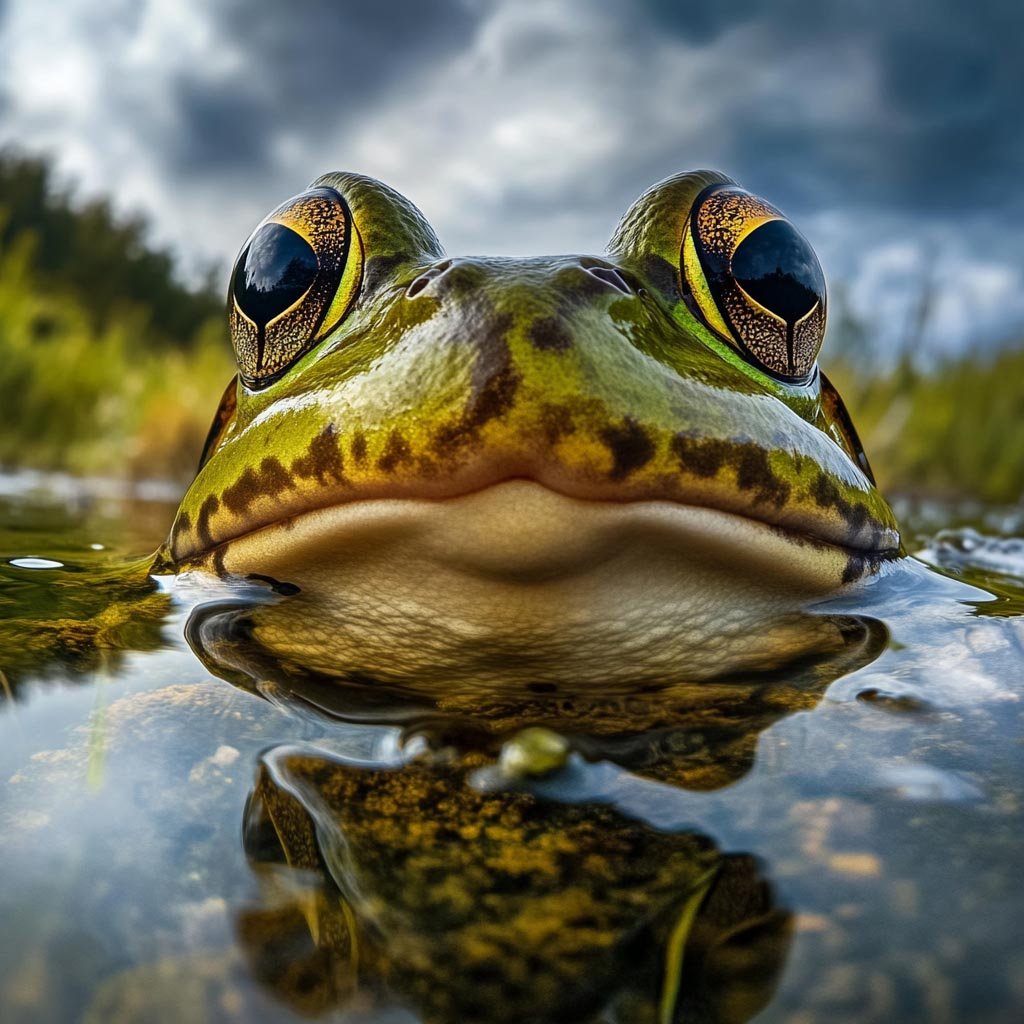
Frogs communicate using sophisticated methods that scientists are only beginning to understand. Their communication systems include:
As technology advances, we might develop ways to better understand and potentially interact with frog communication systems. Research on how frogs communicate in complex environments provides insights that could lead to:
Research Insight: Scientists studying túngara frogs have discovered how females process multiple male singing signals, providing insights into human hearing and attention mechanisms.
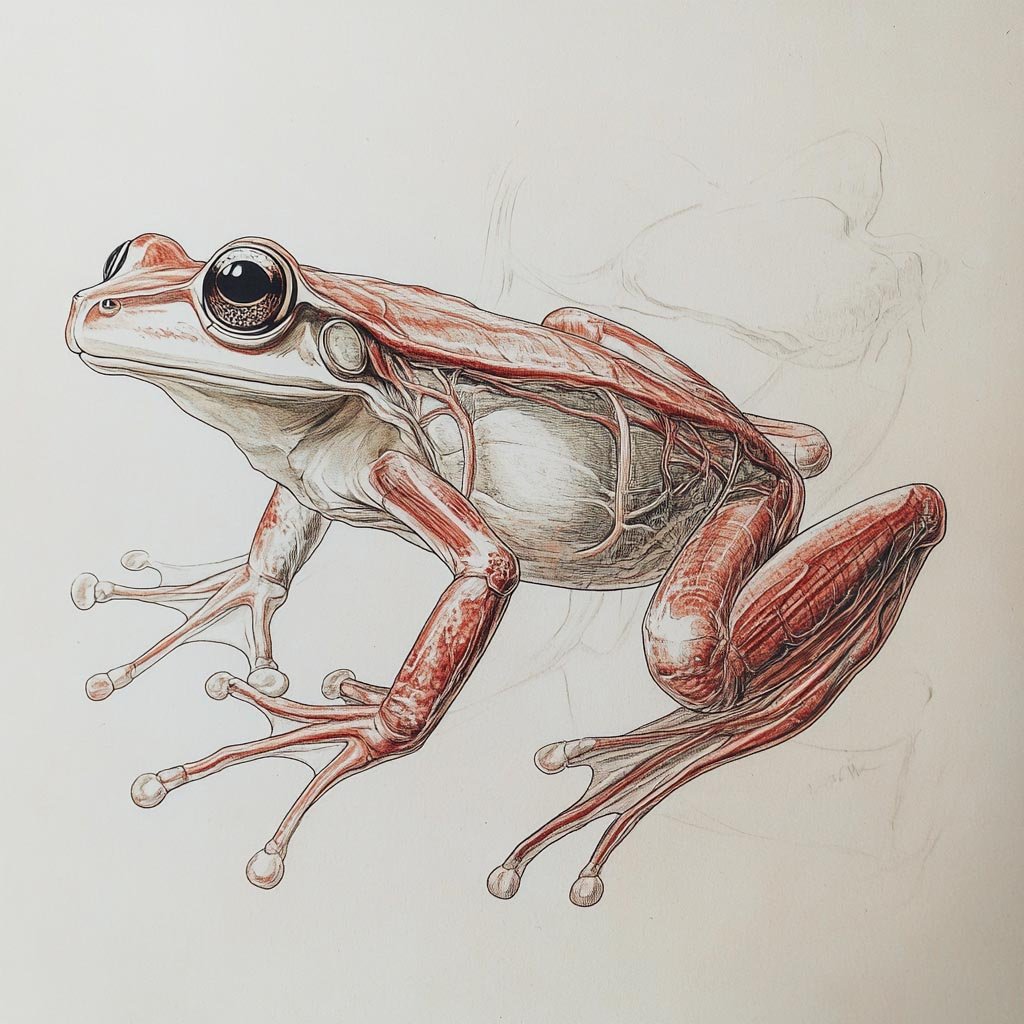
While the concept of frog-human hybrids might seem like science fiction, there are legitimate scientific research areas that explore interactions between human and amphibian biology:
True frog-human hybrids face significant biological barriers:
Scientific Reality: While complete hybrids remain in the realm of science fiction, researchers do use frog models to better understand human biology and disease, creating valuable connections between amphibian and human research.
As we explore the possibilities of future frog evolution and genetic modification, important ethical questions arise that scientists, policymakers, and society must address:
The future of frog research presents both exciting possibilities and serious responsibilities. As we develop new technologies and approaches, we must ensure that our scientific curiosity is guided by ethical principles and a commitment to the wellbeing of both amphibian species and the ecosystems they inhabit.
Responsible approaches to future frog research should include:
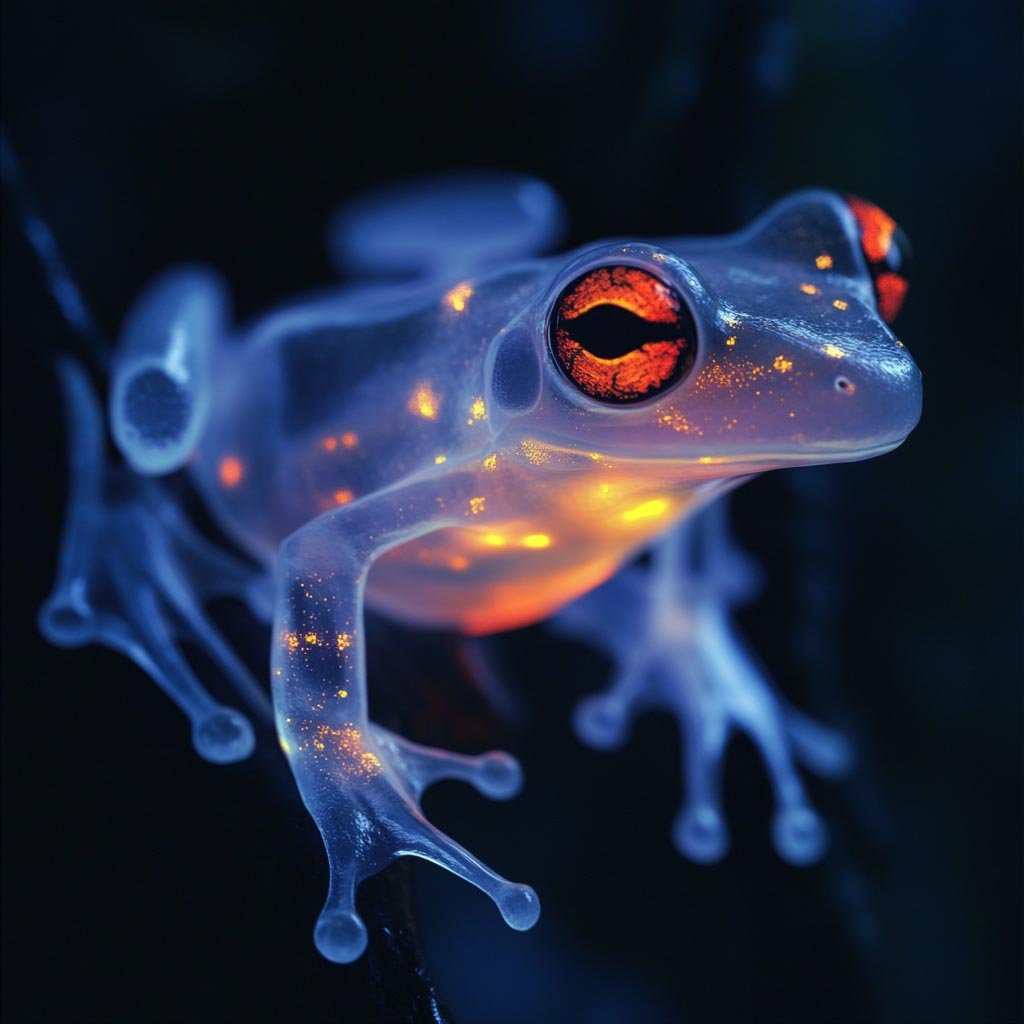
Frog genetic research holds promise for numerous applications across multiple fields:
Future Potential: The unique adaptability of frogs, combined with advances in genetic technology, positions them as valuable research subjects for addressing some of humanity's most pressing challenges, from disease to climate change.

Theoretical frogs with enhanced jumping capabilities that could potentially leap hundreds of times their body length. Such adaptations might evolve in low-gravity environments or be engineered for extreme mobility.
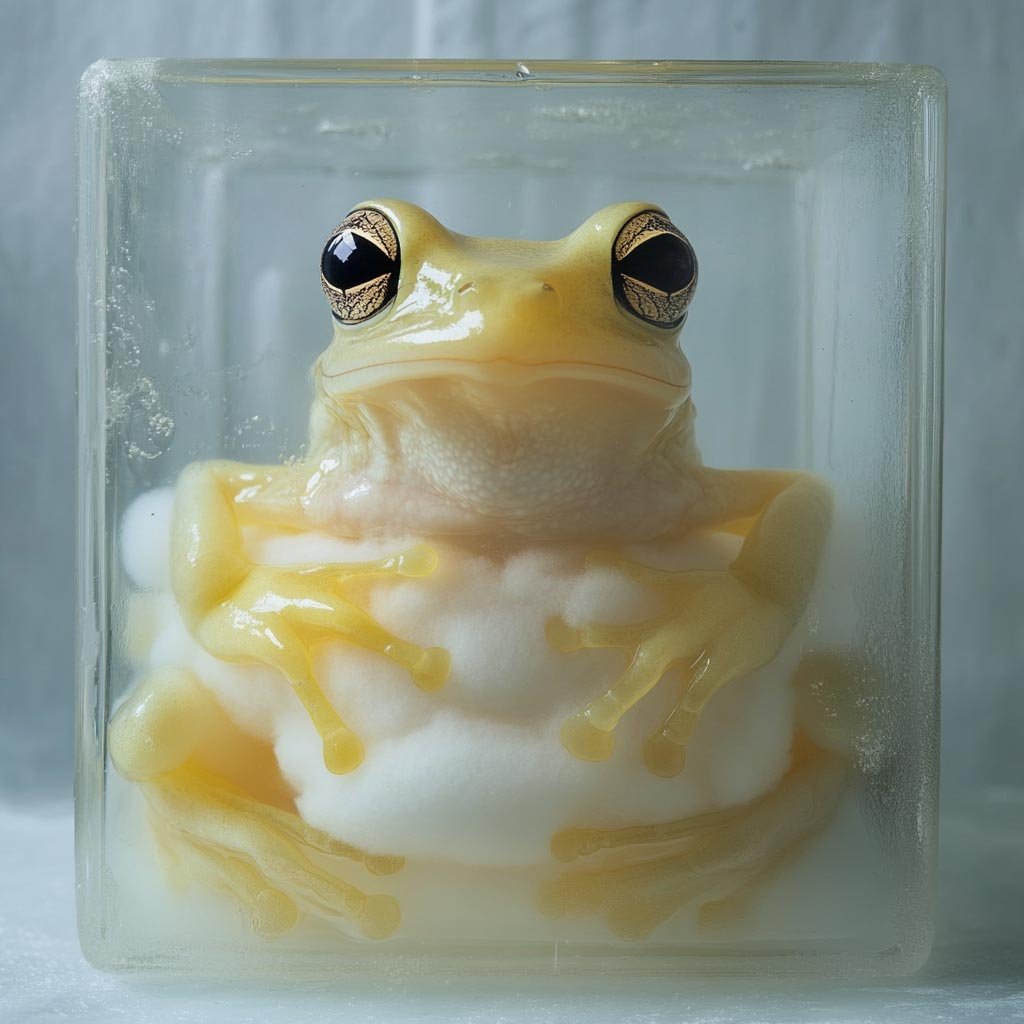
Speculative frogs that could potentially evolve to live in high-altitude environments, with specialized adaptations for low oxygen and extreme weather conditions. They might develop lightweight bodies and enhanced respiratory systems.
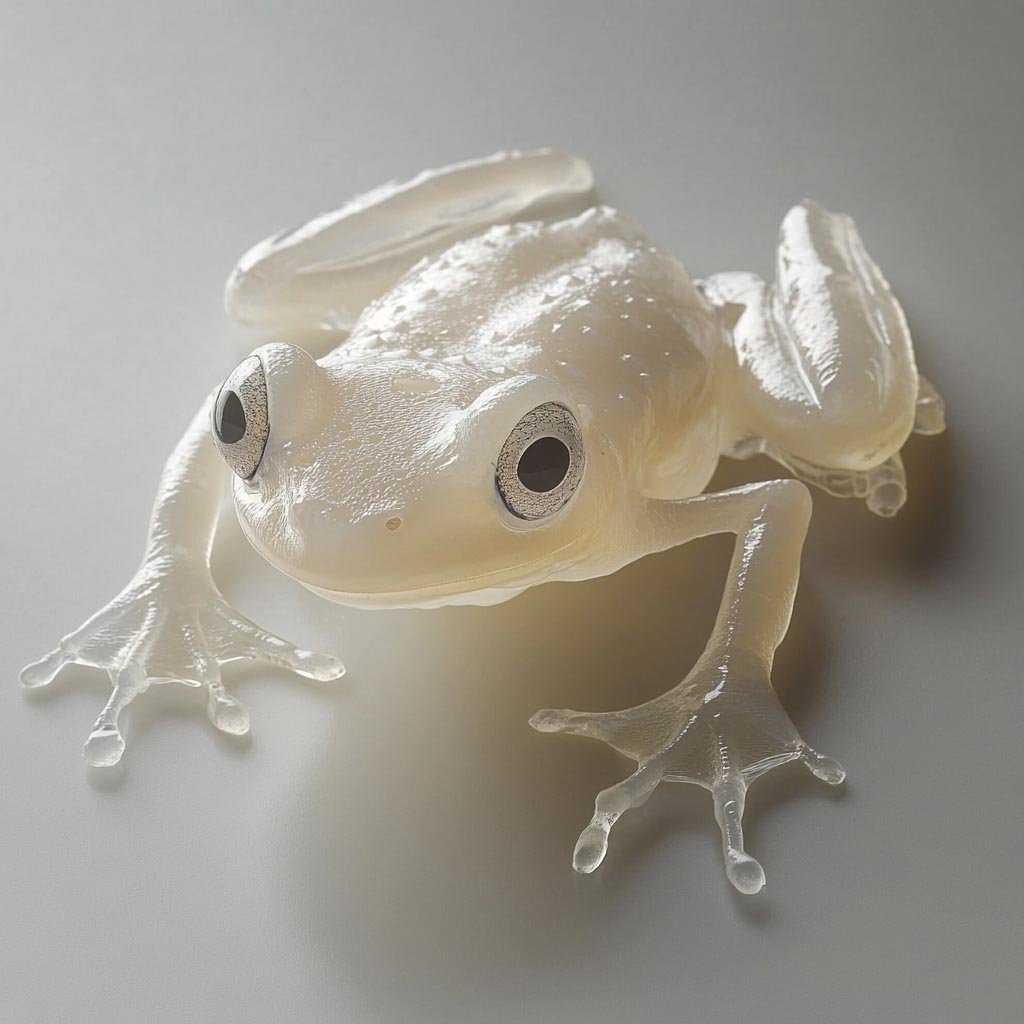
Taking the glass frog's transparency to the extreme, these theoretical frogs might develop nearly complete invisibility through advanced light-bending properties in their skin or enhanced camouflage abilities.
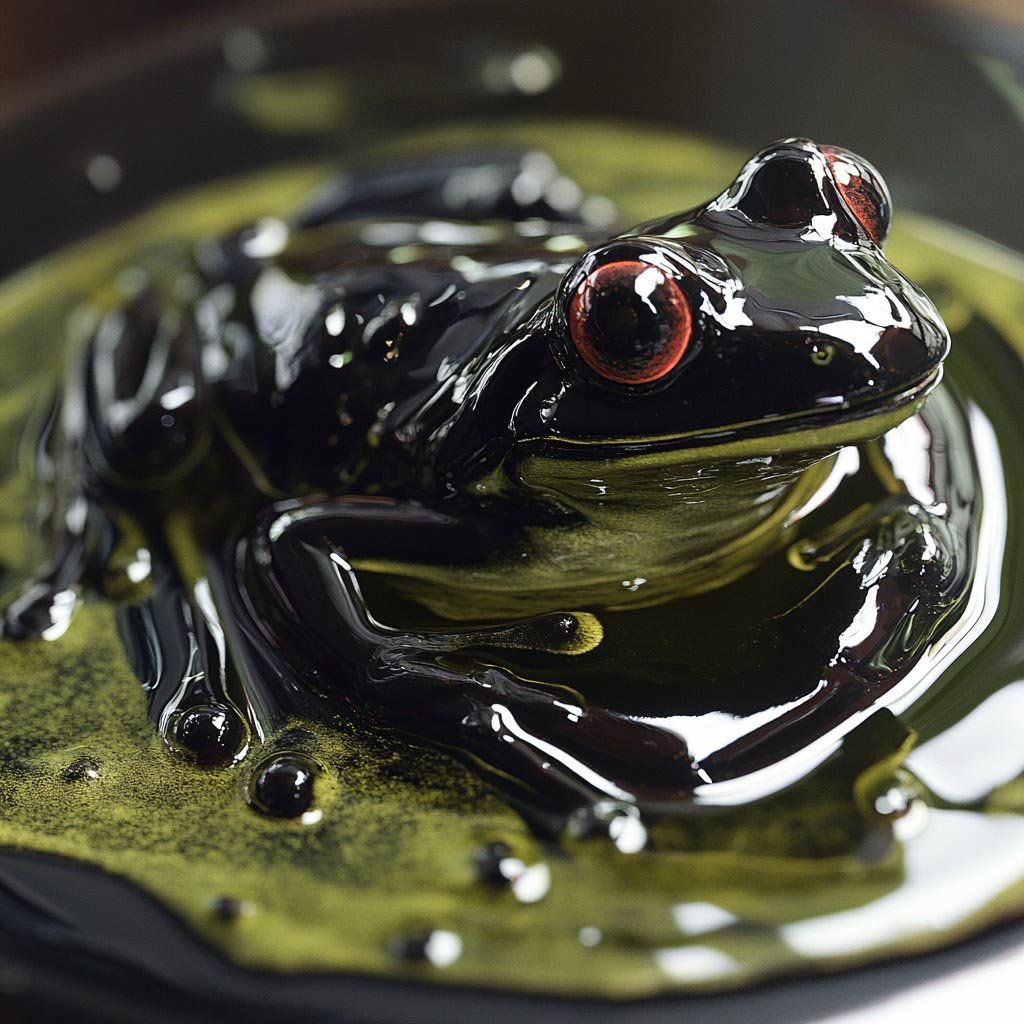
Theoretical frogs that might evolve or be engineered to survive in polluted environments, with specialized skin that repels oil and other contaminants, potentially helping with environmental cleanup.
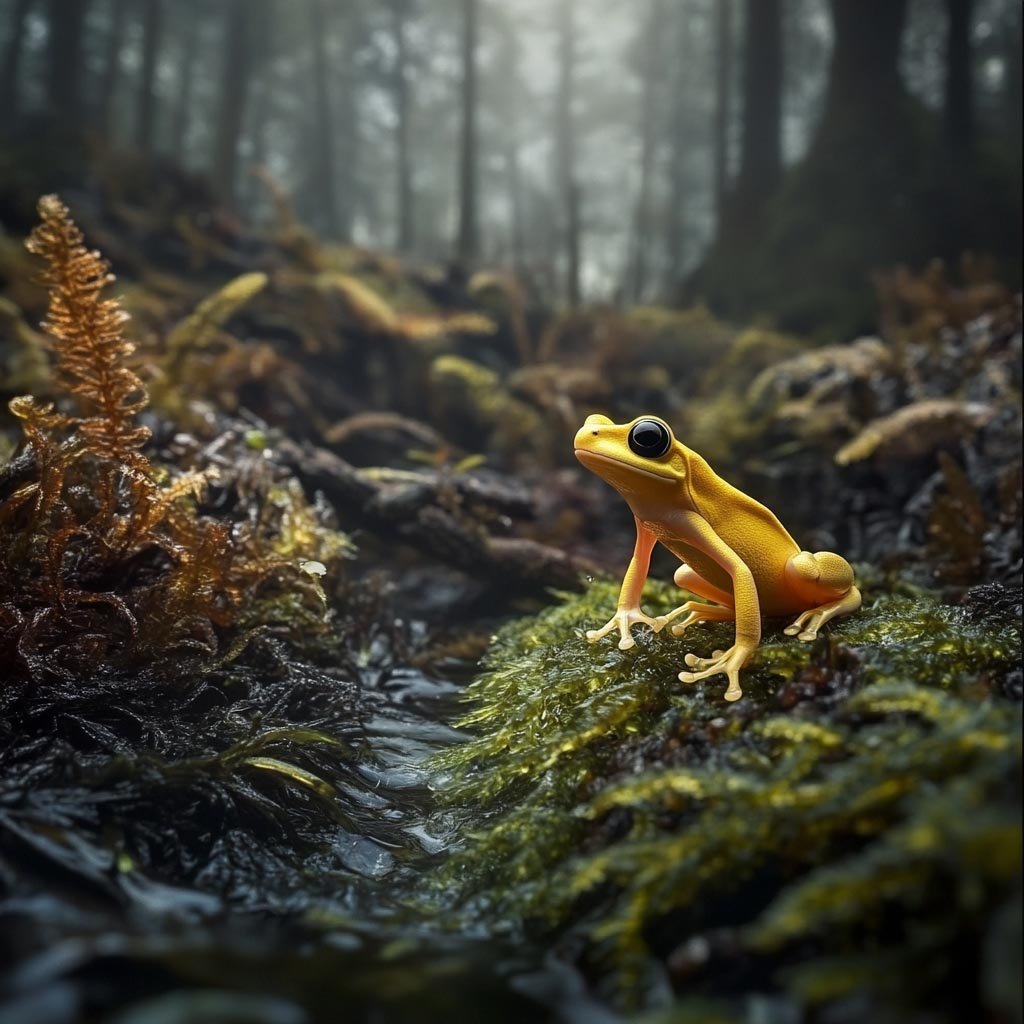
Combining the climbing abilities of tree frogs with enhanced jumping capabilities, these theoretical frogs might navigate forest canopies with unprecedented efficiency and range.
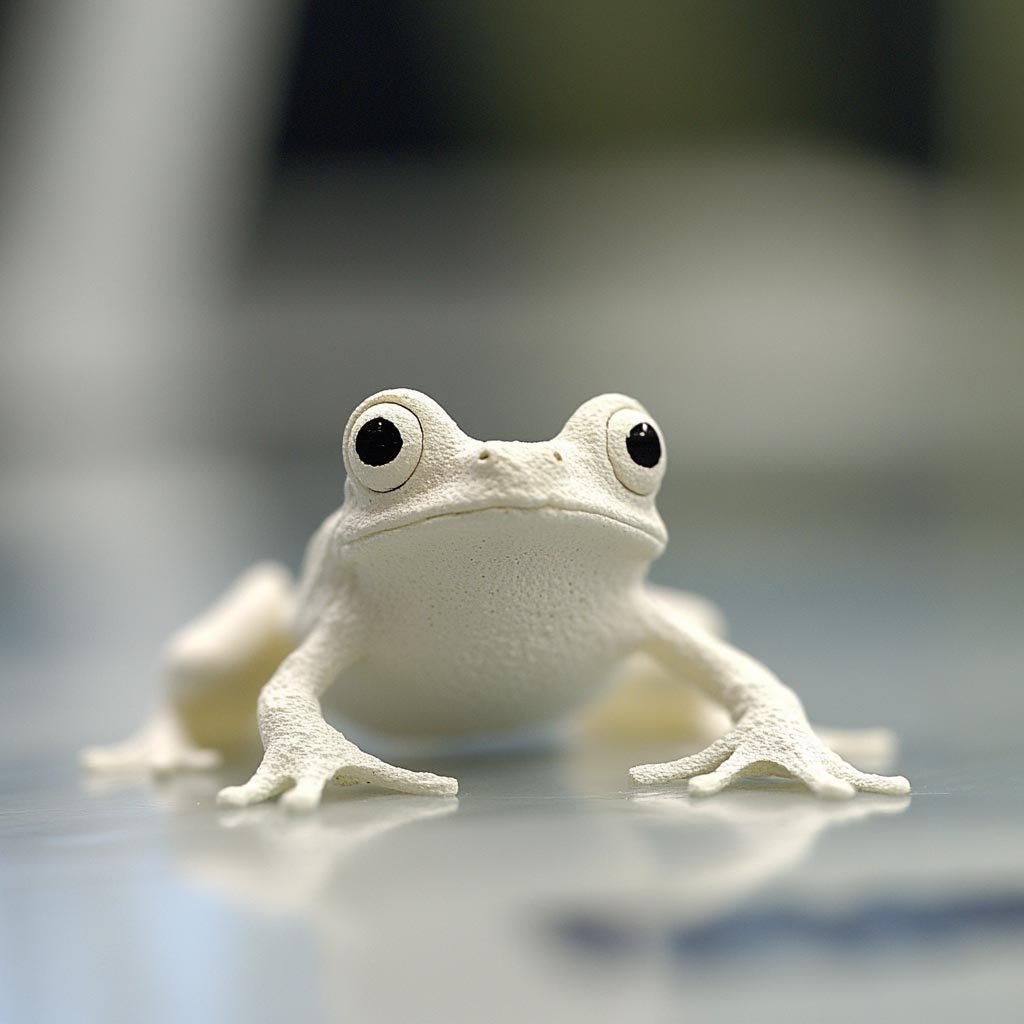
Speculative frogs that might evolve to live in symbiosis with coral reefs, potentially developing salt tolerance and specialized adaptations for underwater breathing while maintaining amphibious capabilities.
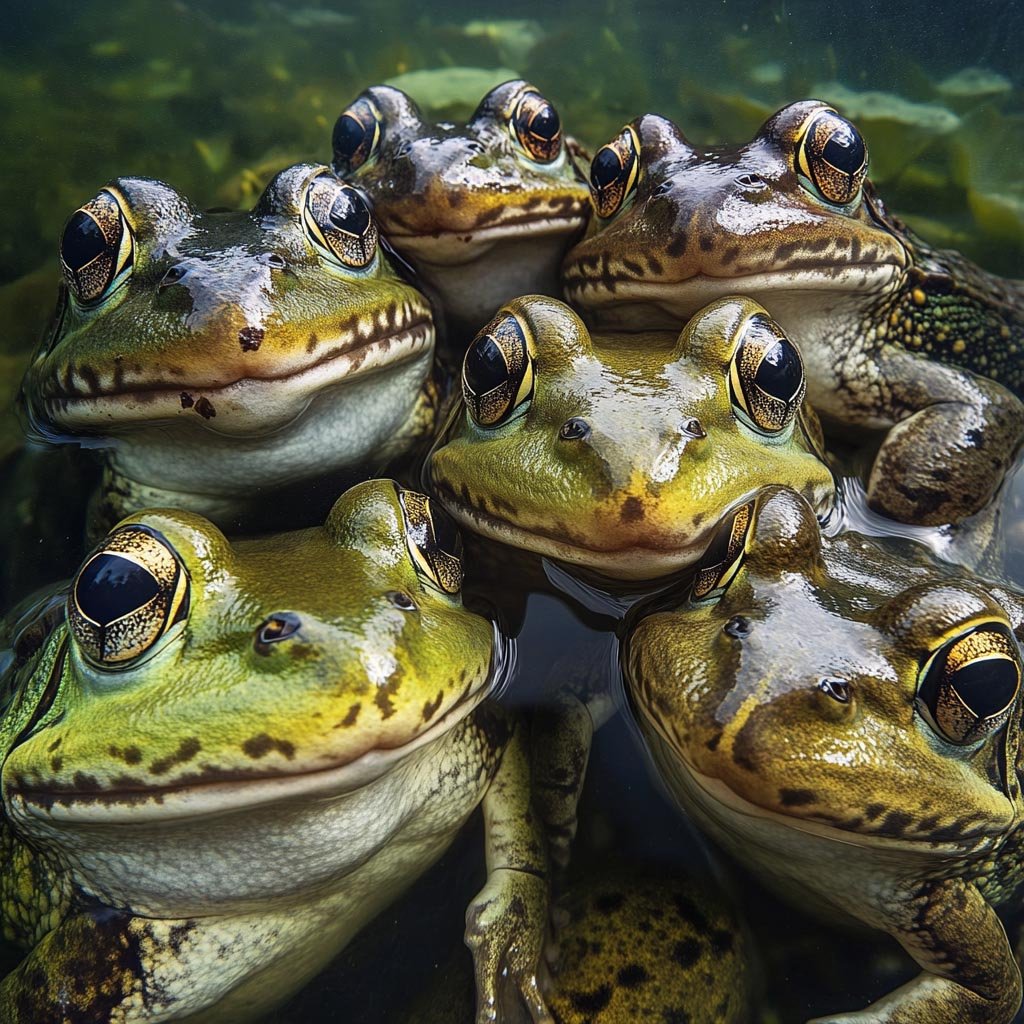
While we can imagine future frogs with amazing adaptations, the reality is that many frog species are currently threatened with extinction. Conservation efforts are crucial for ensuring frogs have a future at all.
By protecting frogs today, we ensure they'll have the opportunity to evolve and adapt naturally to future challenges, potentially developing some of the amazing adaptations we can only imagine now.